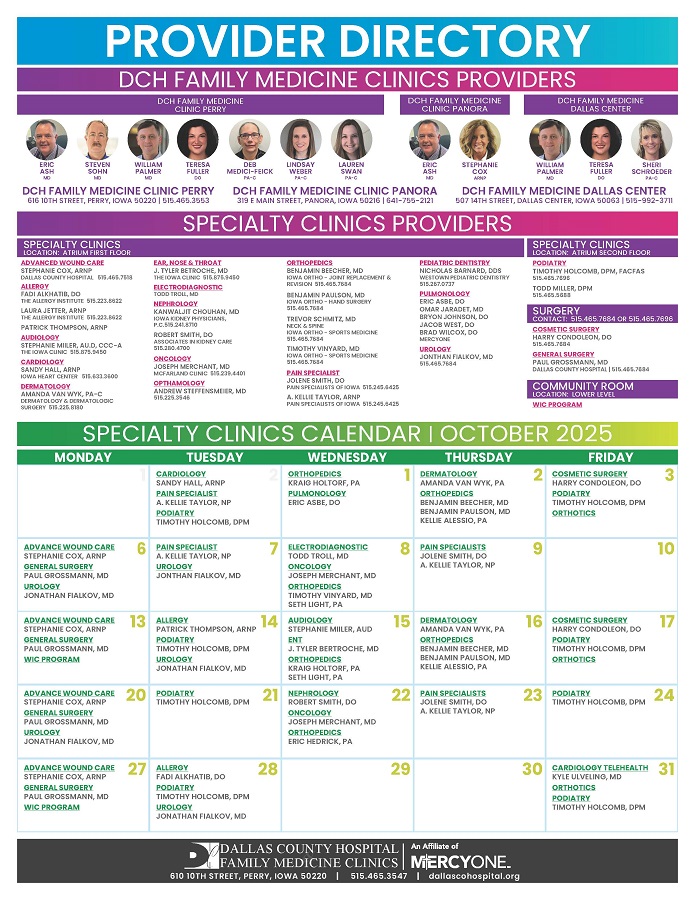Your home should be a safe haven, but it can also harbor hidden health hazards if not properly maintained. Understanding common threats, such as lead, carbon monoxide, radon, mold and other allergens, is key to protecting your family’s health.
Lead is most often found in homes built before 1978, especially in paint and plumbing. Lead exposure can harm brain development, particularly in children. To prevent exposure, have old paint and pipes inspected and replaced by professionals.
Carbon monoxide (CO) is a colorless, odorless gas produced by fuel-burning appliances. Breathing it can cause headaches, nausea and even death. Install CO detectors near sleeping areas, and check heating systems annually.
Radon is a naturally occurring radioactive gas that can seep into basements from the ground. Long-term exposure increases the risk of lung cancer. Test your home with a radon kit, available at the Dallas County Public Health Department for $10 or online at the American Lung Association website.
If the results come back high, you’ll need to install a mitigation system. Call the Dallas County Public Health Department at 515- 993-3750 if you need help finding a mitigation specialist.
Legionnaires’ disease, a severe form of pneumonia, can be caused by inhaling water mist from contaminated sources, such as hot tubs, faucets or air conditioning systems. Regularly clean and maintain water systems and appliances.
Mold thrives in damp environments and can trigger asthma, allergies and respiratory issues. Prevent mold by fixing leaks promptly, using dehumidifiers and ensuring good ventilation in bathrooms and kitchens.
Other allergens, such as dust mites, pet dander and pollen, can also impact indoor air quality. Vacuum and dust often, wash bedding frequently and control humidity levels to reduce exposure.
With a few simple steps you can ensure your home is a place where everyone can be safe and healthy.
Natalie Peters is the community health educator in the Dallas County Public Health Department.

















